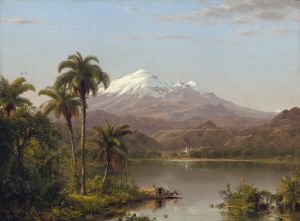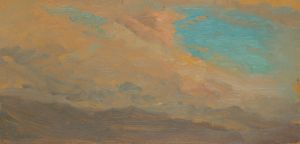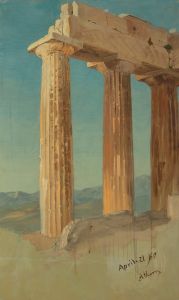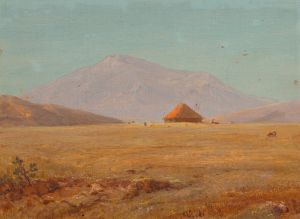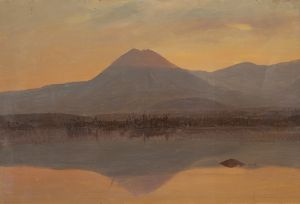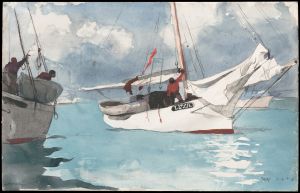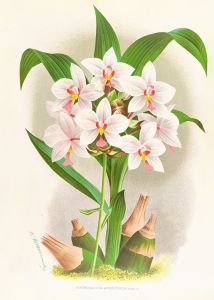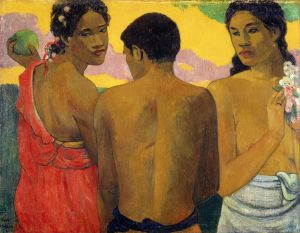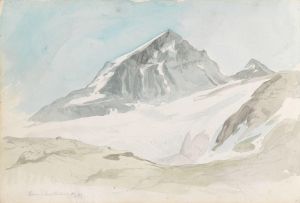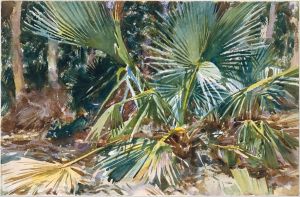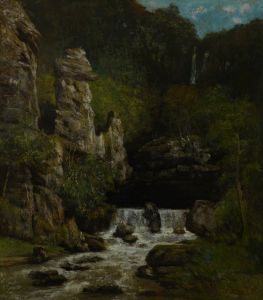
Heart of the Andes
A hand-painted replica of Frederic Edwin Church’s masterpiece Heart of the Andes, meticulously crafted by professional artists to capture the true essence of the original. Each piece is created with museum-quality canvas and rare mineral pigments, carefully painted by experienced artists with delicate brushstrokes and rich, layered colors to perfectly recreate the texture of the original artwork. Unlike machine-printed reproductions, this hand-painted version brings the painting to life, infused with the artist’s emotions and skill in every stroke. Whether for personal collection or home decoration, it instantly elevates the artistic atmosphere of any space.
"Heart of the Andes" is a monumental landscape painting by the American artist Frederic Edwin Church, completed in 1859. Church was a central figure in the Hudson River School, a mid-19th century American art movement known for its detailed, romantic portrayals of the American landscape. This particular work, however, was inspired by Church's travels in South America, specifically the Andes Mountains.
The painting measures an impressive 168 cm × 302 cm (66 in × 119 in), making it one of Church's largest works. It depicts a panoramic view of a lush, tropical landscape with the Andes Mountains in the background. The scene is a composite of various elements Church observed during his travels, rather than a depiction of a specific location. The foreground is filled with detailed flora, including exotic plants and flowers, while a serene river winds through the middle ground. In the distance, the snow-capped peaks of the Andes rise majestically, bathed in the soft light of either dawn or dusk.
Church's meticulous attention to detail and his ability to capture the grandeur of nature are evident in "Heart of the Andes." The painting reflects his interest in natural science and his desire to convey the sublime beauty of the natural world. Church was known to carry a sketchbook and make numerous studies of the landscapes he encountered, which he later used as references for his large-scale studio works.
"Heart of the Andes" was first exhibited in New York City in 1859 and was a significant success. Church displayed the painting in a specially designed frame and lit it with gas lamps, creating an immersive experience for viewers. He charged an admission fee, and the exhibition attracted thousands of visitors, including notable figures such as writers, artists, and critics. The painting was later exhibited in other cities, including London, where it continued to receive acclaim.
The painting was eventually purchased by the art collector William T. Blodgett and later donated to the Metropolitan Museum of Art in New York City, where it remains part of the museum's permanent collection. "Heart of the Andes" is considered one of Church's masterpieces and a quintessential example of 19th-century American landscape painting.
Church's work on "Heart of the Andes" was influenced by the writings of the German naturalist and explorer Alexander von Humboldt, whose books on South America inspired many artists and scientists of the time. Humboldt's descriptions of the diverse ecosystems and dramatic landscapes of the Andes resonated with Church, who sought to capture the same sense of wonder and discovery in his painting.
Overall, "Heart of the Andes" stands as a testament to Frederic Edwin Church's skill as a painter and his deep appreciation for the natural world. The painting continues to be celebrated for its artistic and historical significance, offering viewers a glimpse into the awe-inspiring beauty of the South American landscape as seen through the eyes of one of America's greatest landscape artists.






